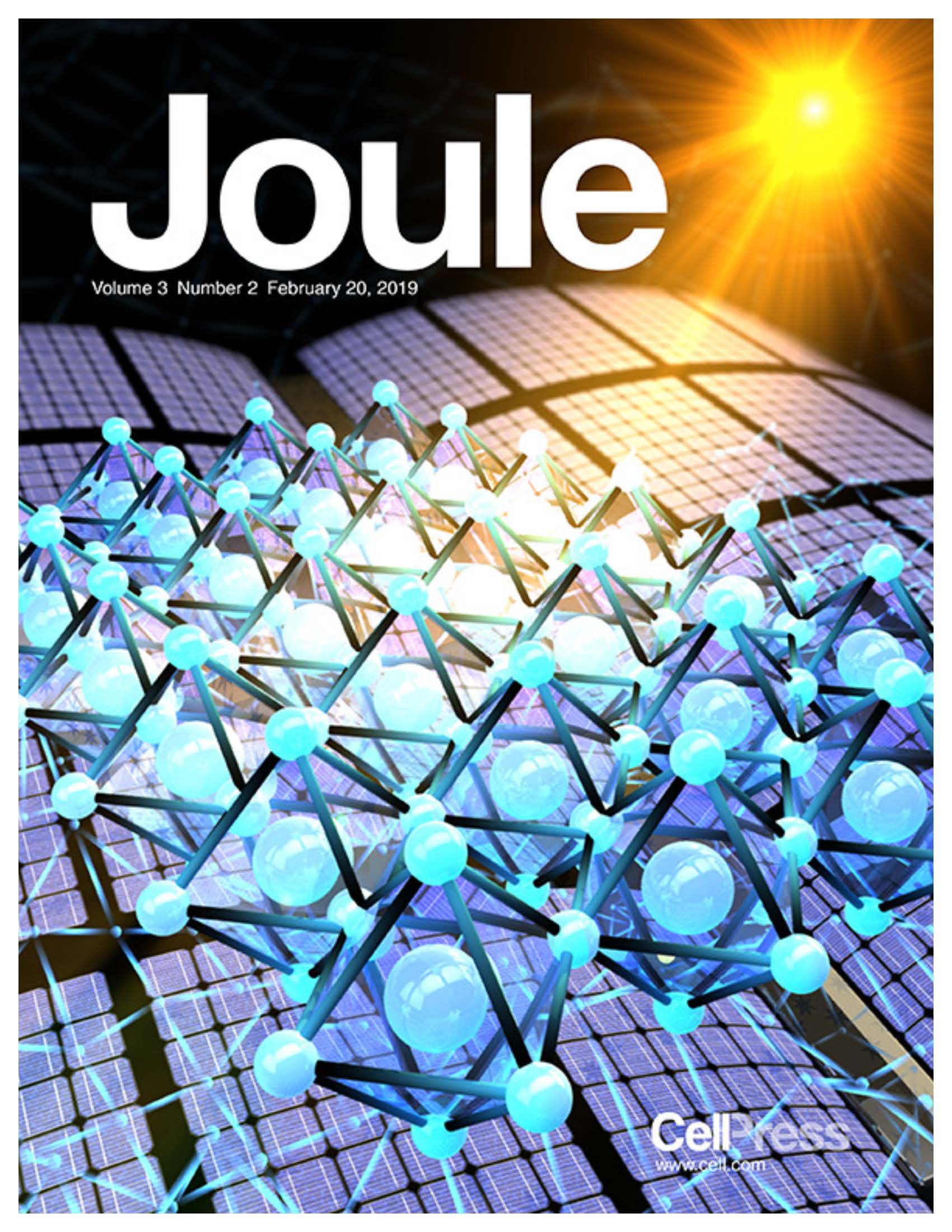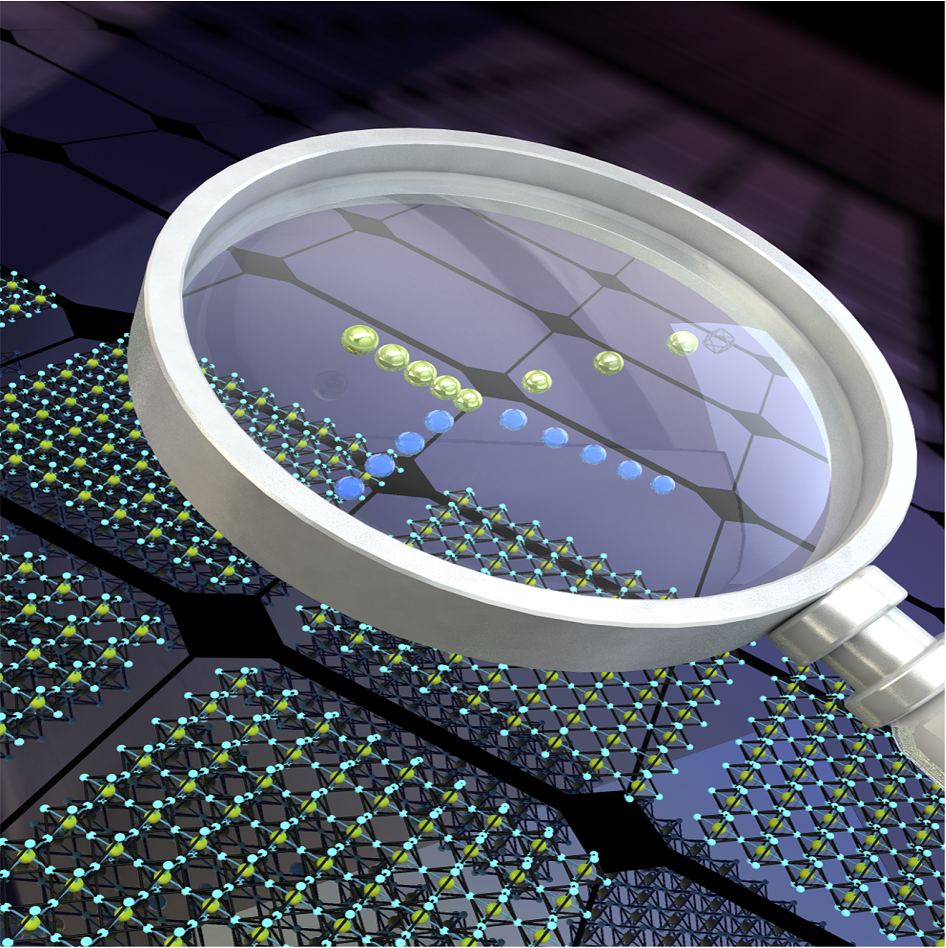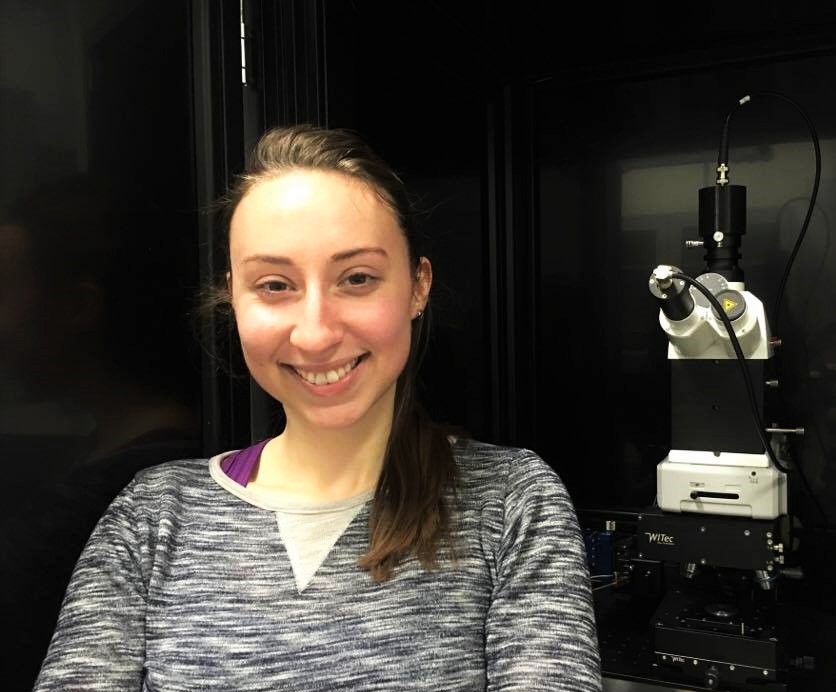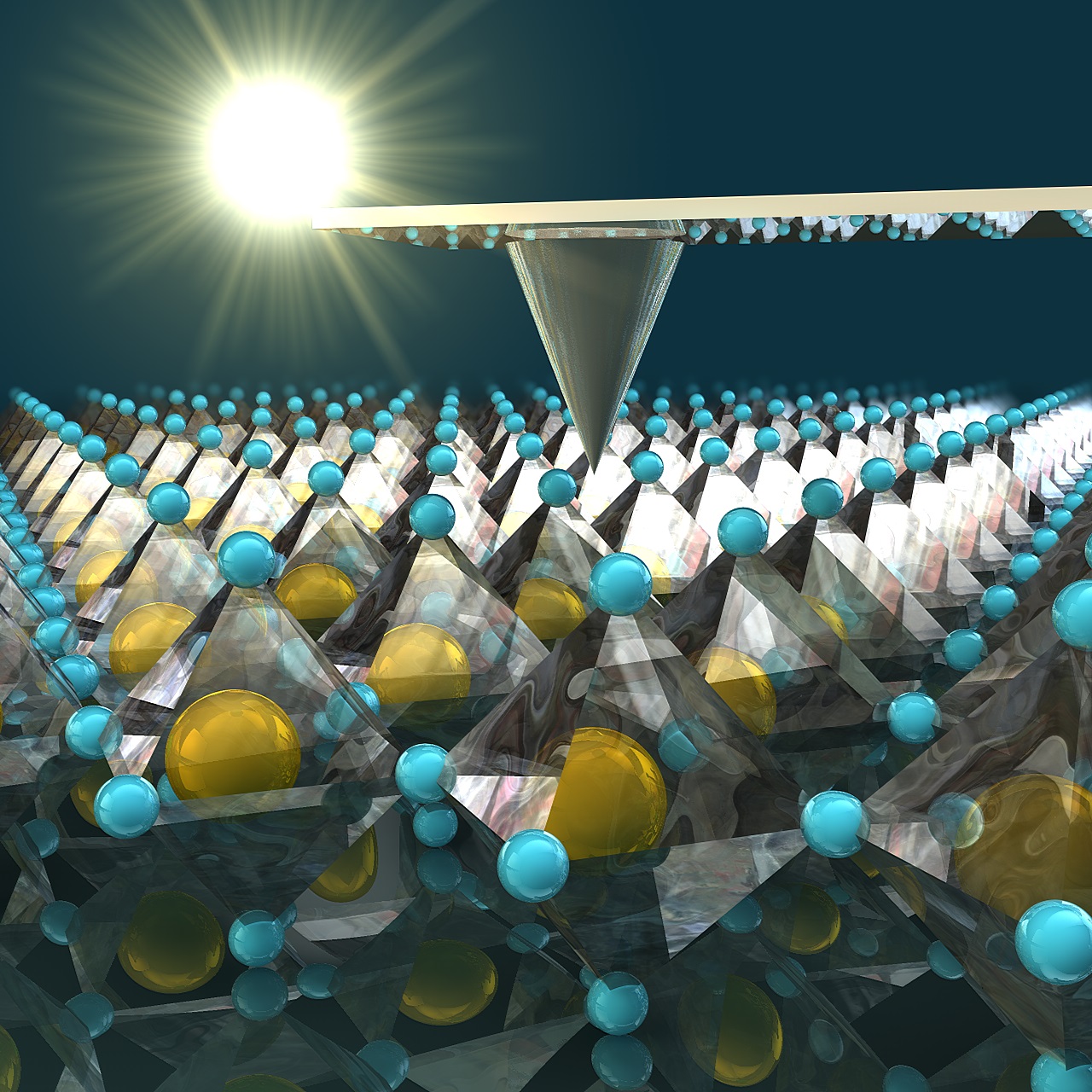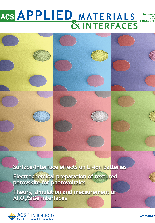News Story
Leite Lab Combines Experiments and Calculations to Advance the Understanding of Optical Materials
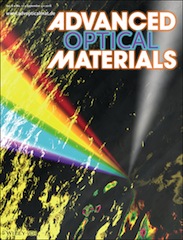
Just as the materials used to construct it define the strength of a building, so are the materials used to create optical devices ranging from sensors to nano-scale lasers. The implementation of metals in photonic devices (e.g., solar cells, cloaking devices and optical filters), however, has been limited by the fundamental optical properties of pure metals.
To overcome such limitations, researchers in the Leite Group at the University of Maryland (UMD) have developed a class of metallic materials with tunable optical properties based on alloys of silver and gold.
This work – in collaboration with researchers at the Army Research Lab (ARL) in Maryland and Instituto de Física Teórica (IFT) in Brazil – uses Density Functional Theory (DFT), a computational method for modeling the electronic structure of materials, to explain why each alloy has a unique optical response.
The novelty of this research – published online June 25 in Advanced Optical Materials – lies in connecting the optical properties seen in the alloys to the calculated band structure; a representation of the energy levels of electrons in the metal. Chen Gong – a former student in the UMD Department of Materials Science and Engineering (MSE), now an engineer at Applied Materials – served as first author on the paper.
“By understanding the physical origin of these optical properties, scientists can learn how to create new materials with properties optimized for specific photonic applications,” Marina Leite, an MSE assistant professor.
Silver-gold alloys are just the starting point. The DFT method, which combines experiments and calculations, can potentially be extended to any other system such as carbides, nitrides and metal oxides. The method offers a systematic way to study the optical properties for new materials, which in turn allow the design of building blocks for applications in energy harvesting, sensing, light-induced catalysis, and more.
For additional information:
C. Gong, A. Kaplan, Z. A. Benson, D. R. Baker, J. P. McClure, A. R. Rocha, M. S. Leite. Band Structure Engineering by Alloying for Photonic. Advanced Optical Materials 2018, 1800218. DOI: 10.1002/adom.201800218
Related media:
Army research lights the way for new materials - ARL, 10 Oct 2018
Published June 27, 2018
